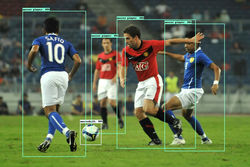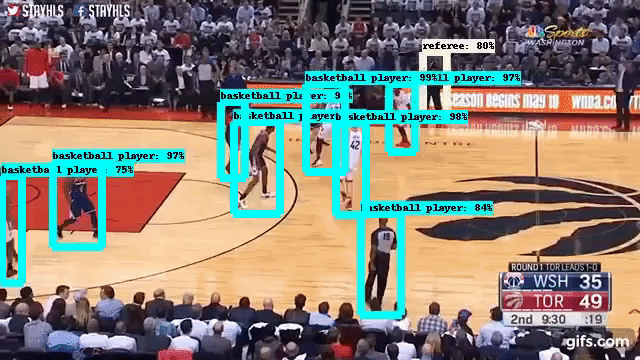Computer Vision
RGB Channel Alignment
Back in the day, it was surmised that one could capture color on photographs if they split the scene they were photographing into red, green, and blue channels and then subsequently overlay these developed channels (source here). This required the subject of the photograph to be completely still while the photographer took 3 separate images.
The following work shows excerpts from 3-Way RGB channel images followed by the generated, combined RGB image. I wrote code to take 3 implicit red, green, and blue channel images and adjust and combine them to output the complete image. An algorithm was designed to subsample one of the RGB channel images and subsequently search the other two channels for the closest matching portion.
The results from my algorithm are the color images below.






Autostereogram Generation
Autostereograms, perhaps more commonly recognized as the 90s phenomenon Magic Eye pictures, are images hidden within other images. To the average eye, the images look meaningless and jumbled; however, to the more trained eye, a 3D image can be seen.
The following images show the results of algorithms I wrote to generate my own autostereograms. A depth map as shown below in the black and white images was taken as an input, and the output was an autostereogram with the image hidden within it.
I would greatly recommend spending a little time trying to train your eyes to see the hidden images; it is a fun and rewarding trick to learn. However, now that I know how to see them, I generally refrain given the headaches that usually follow.
 |  |  |
|---|---|---|
 |
Neural Net Sports Identifier
The following project was completed in a team a 3. Our goal in this project was to train a neural network to recognize the key players (pun intended) in various sport games. We manually classified hundreds of images with basketball players, tennis players, baseball players, soccer players, referees, and the respective balls that are used within the sport. We trained the model with Tensorflow using Google's Cloud Platform. Below are some examples of our results, overall which were quite satisfactory, of course, if one can ignore the occasional sports player being misidentified as a basketball.
 |  |  |
|---|


